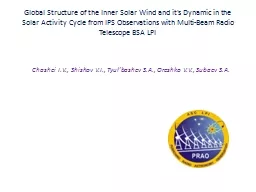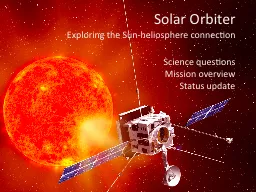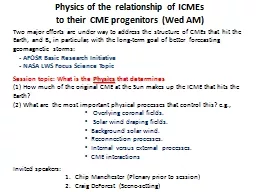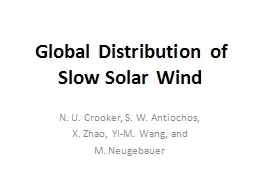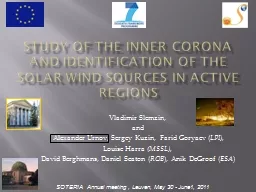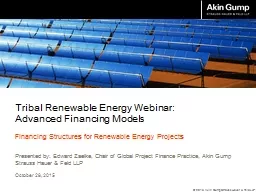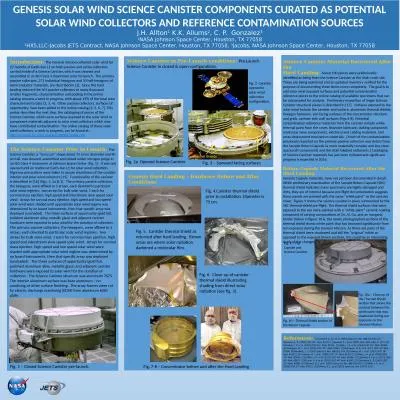PPT-Global Structure of the Inner Solar Wind and it's Dynamic i
Author : conchita-marotz | Published Date : 2016-07-23
Chashei IV Shishov VI Tyulbashev SA Oreshko VV Subaev SA Radio telescope BSA LPI Big Scanning Array of Lebedev Physical Institute Frequency 111 MHz Bandwidth
Presentation Embed Code
Download Presentation
Download Presentation The PPT/PDF document "Global Structure of the Inner Solar Wind..." is the property of its rightful owner. Permission is granted to download and print the materials on this website for personal, non-commercial use only, and to display it on your personal computer provided you do not modify the materials and that you retain all copyright notices contained in the materials. By downloading content from our website, you accept the terms of this agreement.
Global Structure of the Inner Solar Wind and it's Dynamic i: Transcript
Download Rules Of Document
"Global Structure of the Inner Solar Wind and it's Dynamic i"The content belongs to its owner. You may download and print it for personal use, without modification, and keep all copyright notices. By downloading, you agree to these terms.
Related Documents

